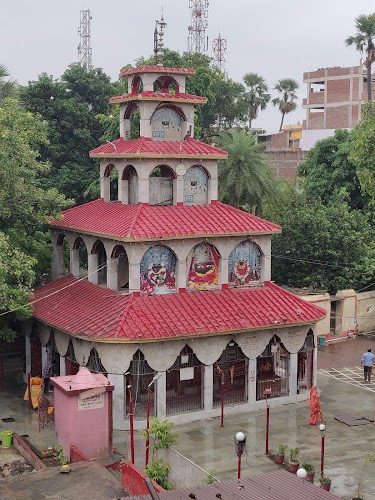
Agam Kuan
Patna, India
- Experience the local atmosphere.
- Explore the ancient well structure.
- Learn about local legends.
- Take photographs of the historical site.
- Visit nearby temples.
Known for:
Description:
Agam Kuan, meaning 'unfathomable well,' is an ancient well located in Patna, India. It is believed to be one of the oldest and most significant archaeological sites in the region. The well's unique structure and historical connections draw visitors interested in history and spirituality. While the well itself is the main attraction, the surrounding area provides a glimpse into the local culture and traditions. The site is often visited by devotees and tourists alike, seeking a connection to the past and a sense of tranquility. It's a place that resonates with a sense of mystery and historical significance, making it a must-visit for those exploring Patna.
History:
The exact origins of Agam Kuan are shrouded in mystery, with some legends dating it back to the Mauryan period, around 3rd century BCE, associating it with Emperor Ashoka. It is said that Ashoka used this well for torturing prisoners, though this claim is widely debated. The well has been a witness to centuries of history, evolving from a possible water source to a site of religious and historical importance. Over time, it has been associated with various beliefs and rituals. The site has undergone restoration efforts to preserve its historical integrity. Despite the lack of definitive historical records, the well continues to be a captivating landmark, drawing visitors who are intrigued by its ancient origins and the stories it holds.